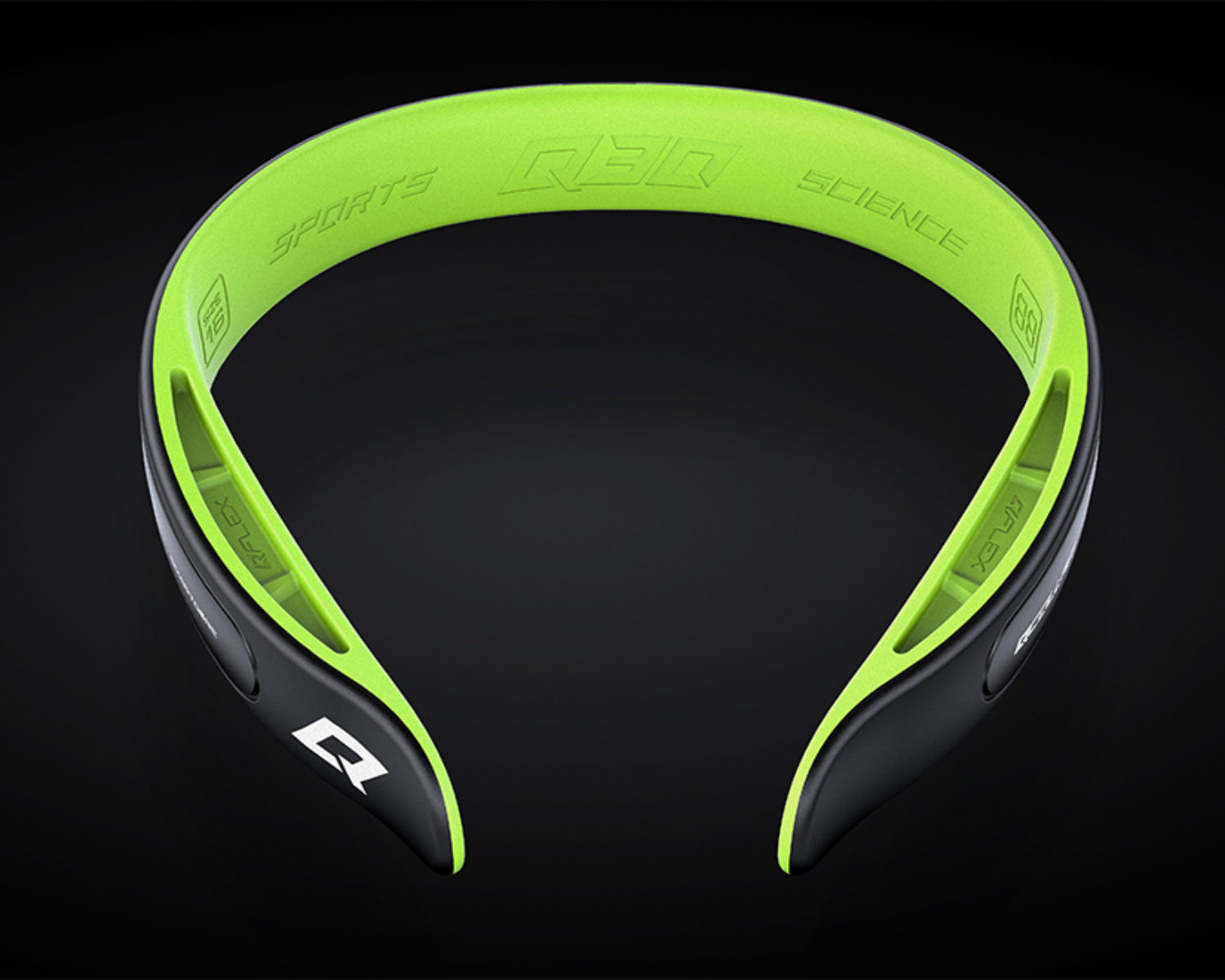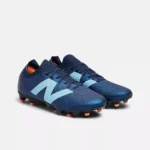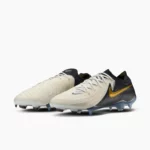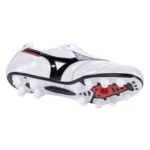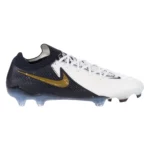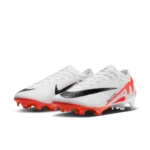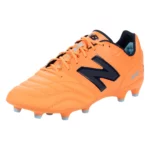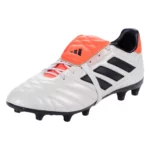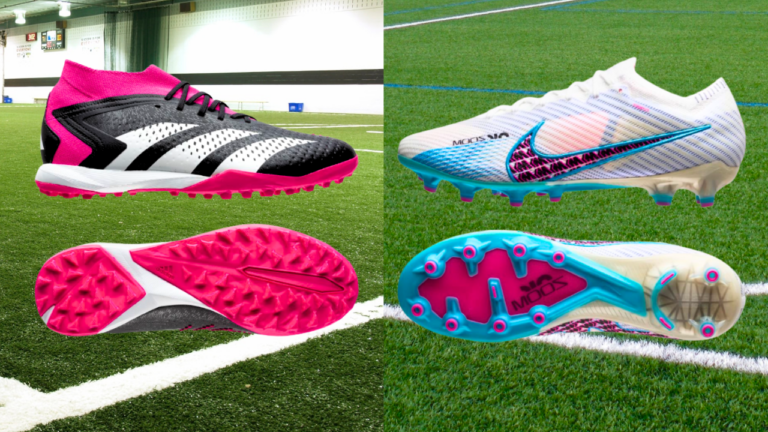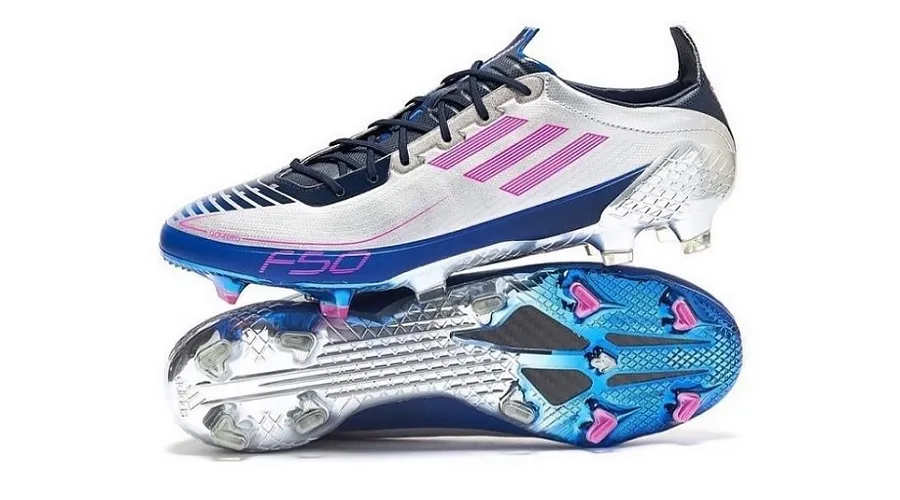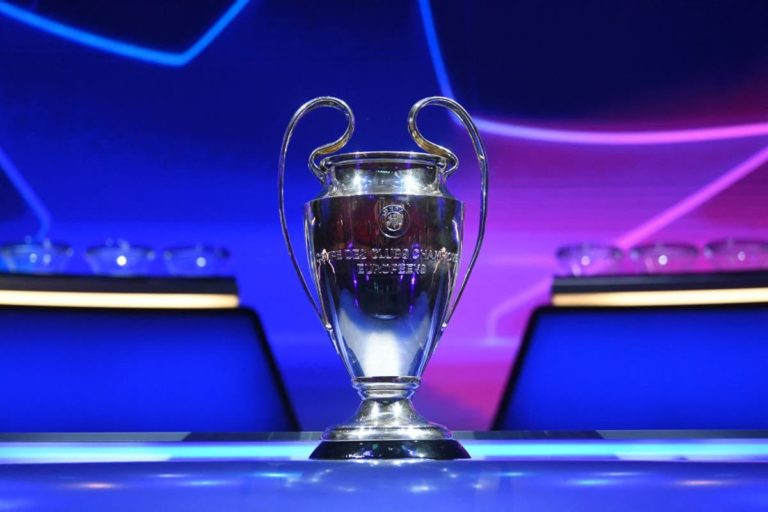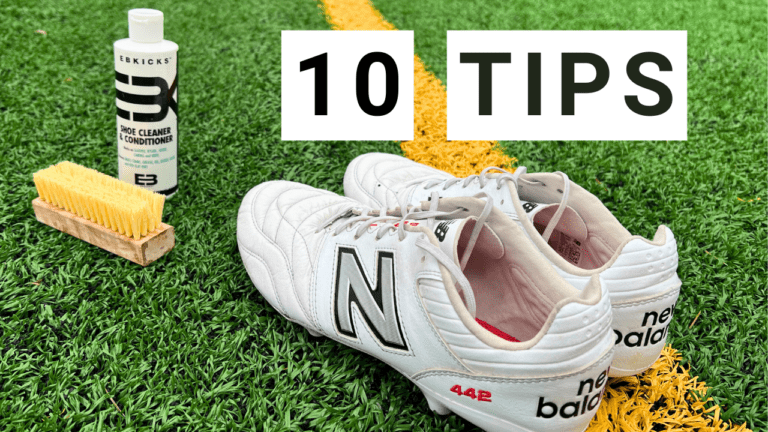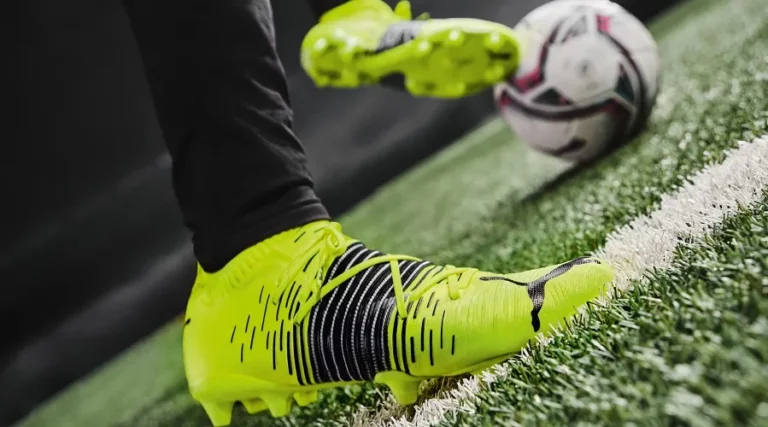Q-Collar: Preventing Concussions in Soccer
Head Injuries in Sports
Head injuries are one of the scariest things to experience on the field. Whether you’re a player, coach, or parent, the last thing you want is to deal with the consequences of a concussion. As a player, I’ve experienced one concussion during my playing career. I was in high school, and mid-way through the game, I was struck by a free kick to the side of the temple. After trying to continue playing for a few minutes, the intense pain in my head increased. I could no longer focus, and I had to leave the game.
Although my case was minor, some players experience concussions so severe that they lose consciousness. Head injuries and concussions are an inevitable consequence of playing soccer. Between winning headers and going into rough challenges, players using their head will always be a part of the game. However, modern technology is now proposing a way to protect our brains during contact sports. One potential solution comes in the form of the Q-Collar. This device focuses on protecting against head injury by reducing brain movement during collisions.
In this article, we’ll take a look at the Q-Collar and see if it may be effective at preventing concussions in soccer. Regardless of the sport you play, the technology in the Q-Collar may have huge safety implications. As a note, this article is not sponsored in any way.
Concussions in Soccer

What are Concussions?
Concussions are a type of brain injury that occur when the head is hit or jolted. They can cause a variety of symptoms, including headaches, dizziness, nausea, and confusion. By its very nature, soccer is a contact sport. During the course of a game, players may pick up a concussion from heading the ball, colliding with another player, or from falling on the ground. These physical aspects of the game are unavoidable.
Sub-Concussive Impacts
A study from Purdue University found that up to 22% of soccer injuries are concussions. Professional soccer players will head the ball approximately 12 times over the course of a single game, and about 800 times throughout an entire season. When heading the ball, the impact may be sub-concussive in most instances. This means that symptoms may not immediately arise. However, sub-concussive impacts have been linked to increasing the risk of CTE in both soccer and football.
What is the Q-Collar?

The Q-collar is a device developed by Q30 Innovations that’s designed to prevent brain injuries in athletes. It works by putting slight pressure on the neck, which increases the volume of blood flow to the brain. This added blood flow reduces internal movement of the brain that could cause brain injuries. The Q-Collar is also non-invasive, and there have been no side effects reported during the development of the device.
The Q-Collar was designed to help provide internal protection against brain injuries. In sports like lacrosse and football, helmets provide external protection against impacts. Although helmets can protect against serious injuries to the skull, they fail to limit internal brain movement during impacts. Repeated brain movement over time is what can lead to Traumatic Brain Injury (TBI) in athletes.
Science Behind the Q-Collar

A single severe head injury can be life changing. This is something all athletes and coaches are aware of. However, science has also revealed that repeated smaller injuries to the head can also be very dangerous. These smaller head injuries are the sub-concussive impacts that we discussed at the beginning of the article. Enduring repeated impacts to the brain can alter the deep tissue of the brain. This deep tissue is also known as white matter.
Q30 Innovations spent a decade doing research to determine the efficacy of the Q-Collar. Their research started out with animal trials of both rats and pigs. These animal studies focused on analyzing the affects of jugular compression on brain injuries. It was determined that jugular compression consistently reduced the rates of brain injury in the animals that were tested.
After successful completion of the animal tests, the company moved on to clinical trials on athletes. Studies were done across multiple sports including soccer, football, lacrosse, and more. In the soccer study, a group of 125 female players were analyzed. Approximately half of the players were given the collar, while the other half were not. After every practice and match over the course of the season, the players had their brains scanned. The non-collar group exhibited significantly increased fMRI-derived clusters in their brain. This clustering is consistent with other studies that have indicated traumatic brain damage. This indicated that the players wearing the collar may have gained added brain protection throughout the season.
Player Reviews of the Q-Collar

Since the initial release of the Q-Collar, the product has picked up several athlete ambassadors around the United States. These individuals are athletes at both the collegiate and the professional level. Amongst these ambassadors are several soccer players who play the game at a competitive level. Below is a list of just a few of the soccer players who have been using the Q-Collar for their training and games:
- Jeremy Ebobisse (San Jose Earthquakes)
- Omar Gonzalez (New England Revolution)
- AJ DeLaGarza (New England Revolution)
- Chris Rindov (University of Maryland)
- Malcolm Johnston (University of Maryland)
- Meghan Klingenberg (Portland Thorns)

After receiving two serious concussions in his playing career, Jeremy Ebobisse of the San Jose Earthquakes decided it was time to give the Q-Collar a try. He was battling to get back into the first team after overcoming multiple hamstring injuries. The Q-Collar helped give him confidence to go into challenges and win headed balls without hesitation. Ebobisse also hoped that the Q-Collar could be a way to lengthen his career in soccer.
“I think it enhances my performance because I do feel more protected when I go out there. I do feel like I have the support to go into challenges and to go for headed balls in a way that I didn’t have in the past, which really begs the question of what I was doing before” – Jeremy Ebobisse (San Jose Earthquakes)
As the Q-Collar becomes more accepted at the professional level, it’s use will likely increase all over the country. As more athletes wear the device, more research and testimonials will come regarding its effectiveness.
Is the Q-Collar Right for you?
I think the Q-Collar is a worthwhile investment for any athlete who wants added protection against head injuries. If you just want to try it out for yourself, the company offers a 30 day return period. The Q-Collar is designed for use in athletes 13 years and older. The device also comes in 8 different sizes in order to accommodate different neck sizes. At the moment, the Q-Collar retails for a price of $199.
Players should be able to enjoy soccer without worrying about serious head injuries. I’m hoping that the Q-Collar may create a future where that’s possible. If you’re interested in learning more about the Q-Collar, head over to the Q30 website.
- Most Comfortable Football Boots of 2024
- Nike Phantom GX 2 vs Adidas Predator Elite
- Puma Future 7 Pro – Review
- Mizuno Morelia 2 Elite Review
- Nike Phantom GX 2 Elite Review
- Width Matters: Choosing the Right Football Boots for Your Feet
- Nike Premier 3 vs Copa Gloro vs NB 442 V2 Pro
- The Best Value Adidas Boot – Copa Gloro Review
- Best Predator Ever? – Predator Elite Review
